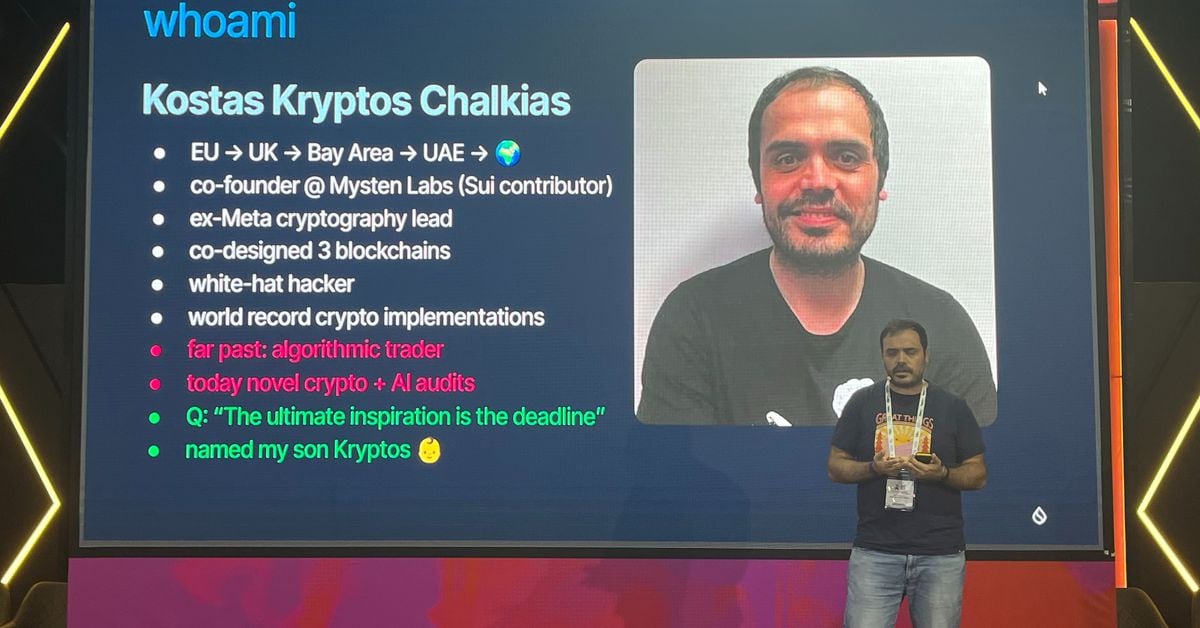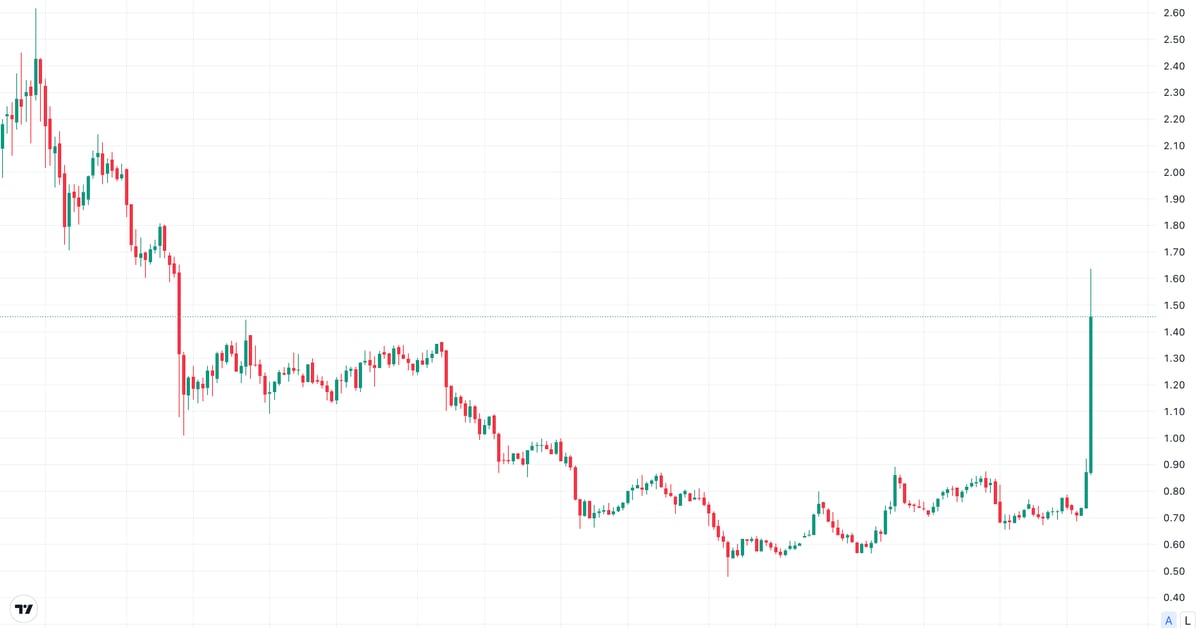Kadena is a PoW (proof of work) platform. This project combines a Layer 1 chain protocol with a Layer 2 network to present high throughput while maintaining scalability and security. Furthermore, this network offers a coin called KDA on its platform.
This protocol uses the blockchain for real-world use cases, with services and tools ready for widespread adoption. Its fundamental idea was that blockchain could revolutionize how the world interacts and transacts.
Kadena or KDA founders constructed proprietary chain architecture and built the tools to make blockchain work for business – at scale, speed, and energy efficiency previously considered unachievable.
What is Kadena?
Kadena aims to give blockchain solutions for entrepreneurs and enterprises, providing virtually free gas fees, security of Bitcoin, and high throughput.
Additionally, it uses PACT (the smart contract language), which is more available to laymen than other coding languages.
Currently, many new cryptocurrencies are moving to PoS (Proof-Of-Stake) to process transactions on their blockchain; however, this network has decided to use Proof-Of-Work, which it believes is the safest method of securing the blockchain.
Bitcoin and Ethereum both use PoW; however, It comes with scalability issues (the transactions on PoW are slower than PoS). This network uses a “chain web,” which shards transactions to solve this problem. Chain web allows Kadena’s PoW system to stay energy efficient even when scaling, unlike Bitcoin and Ethereum, letting it be adopted with less resistance. But what is sharding, and how does it help?
Sharding is a process in which transactions are divided into smaller blocks, processing them cheaper and faster. Ethereum is also attempting to do with its upgrade to Ethereum 2.0.
Lately, Kadena has linked to the Ethereum Mainnet, allowing KDA to be an ERC-20 token. Linking across chains with Ethereum and other layer-1 chains like Polkadot and Terra will also unlock liquidity that can work on the protocol.
Additionally, this network allows for “gas stations,” in which transaction fees can be refunded from a community pool.
When one doesn’t have to transact in the native token, it lets further ease of use and onboard new parties onto the blockchain.
Kadena benefits
Kadena aims to be a single source of the resources needed to build blockchain applications. To do so, it solves many of the issues that have impeded widespread blockchain adoption to date, including security, scalability, and ease of use.
There are some benefits to this platform. You can see some of them below:
1- scalability: The public blockchain is a Proof of Work (PoW) protocol that has solved layer-1 scalability. This project braids together many Bitcoin-like chains. The network can deliver higher throughput capacity and expand to larger configurations as the transaction volume increases. For instance, it goes from 10 chains to 20 chains.
2-Security: The PACT is turning Incomplete and offers Formal Verification. Turing Incompleteness decreases the language’s attack surface without cooperating domain-specific functionality. Formal Verification lets smart contract authors prove that their code does not have bugs.
Ease-of-use: Kadena was designed to be integrated into traditional business workflows and understood by non-technical users. Accordingly, PACT is executed directly on the ledger and is in a human-readable format. This code has error messages, and PACT contracts are upgradable, permitting developers to fix errors or adapt logic as business needs evolve.
This project is one of the top blockchains that offers such a comprehensive feature set. Additionally, users can enjoy these features on this hybrid (public-private) interoperable network. This hybrid solution lets users take advantage of both worlds ( public and private blockchains) without compromise, therefore enabling use cases that were formerly not possible.
Kadena features
Kadena is a hybrid blockchain network consisting of a private chain protocol called Kuro and a public chain protocol called Chainweb. These two chains are interoperable through the smart contract language PACT. This network’s hybridity allows users to work together across public and private networks, enabling it to decentralize public and private security controls to make a more secure marketplace.
Let’s go through them and other components of this network one by one.
1-Chainweb: This is the public blockchain, a braided, parallelized proof-of-work (PoW) consensus mechanism that improves scalability and throughput while preserving the security and integrity found in Bitcoin.
2-Kuro: This private blockchain has been proven to support up to 8000 transactions per second across 500 nodes and is accessible for assessment on AWS and Azure.
3-PACT: This is the smart contract language which is a Turing Incomplete smart contract language purpose-built for blockchains with solid security features including complete Formal Verification of error messages, user code, support for interoperability, contract upgradability, and permission and access control. This language is human-readable.
Kadena founders
Stuart Popejoy and Will Martino founded this project. They led JPMorgan’s Blockchain group and the SEC’s Cryptocurrency Steering Committee. They designed JPMorgan’s first blockchain (JPM) and then moved on from JPM to start Kadena. This project has a team of experts who worked at Microsoft, Google, and Disney.







